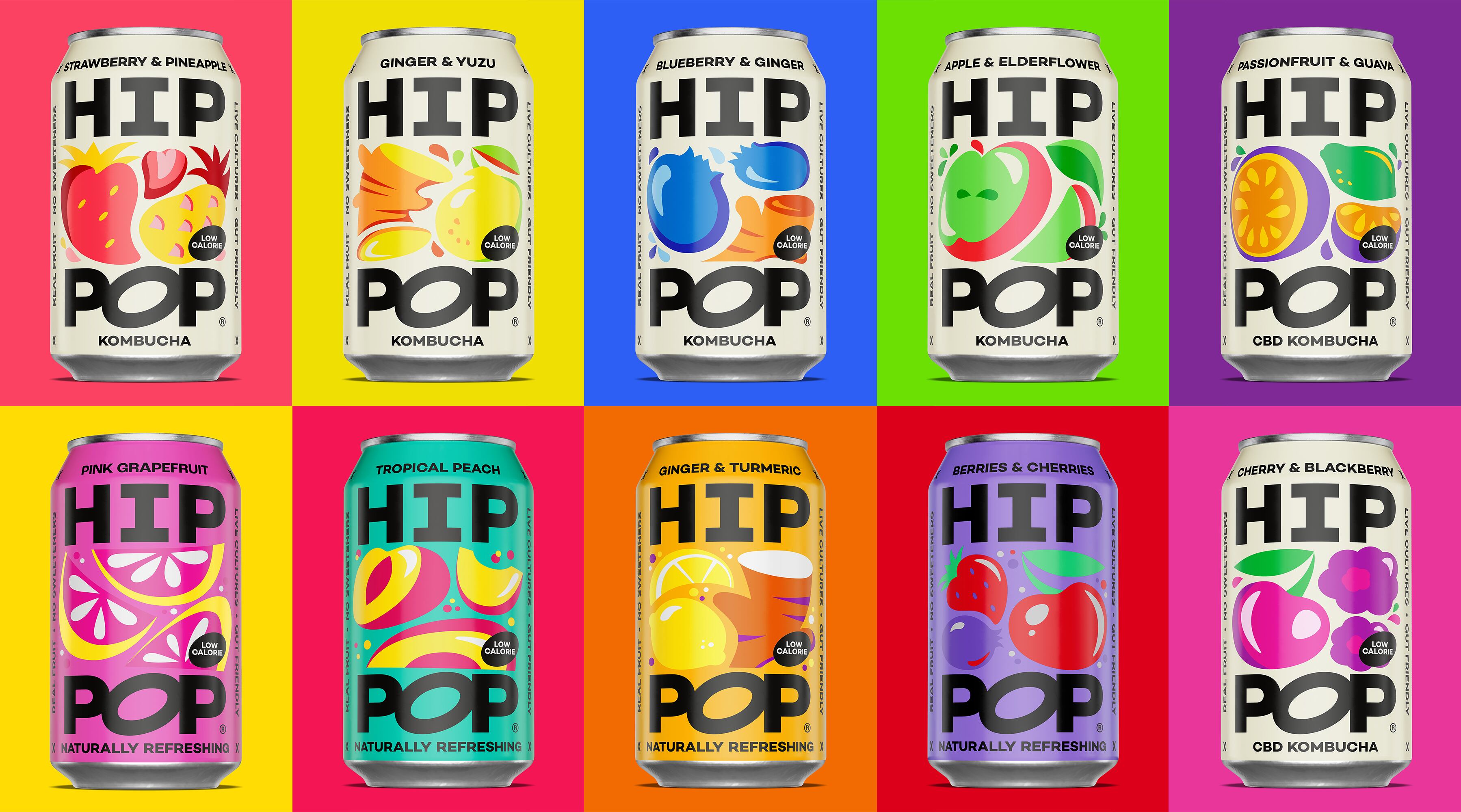Gut health sodas have officially hit critical mass. Once a niche wellness trend, they’re now firmly in the mainstream: so much so that Coca-Cola has entered the space with its own functional fizz, while PepsiCo has snapped up a gut health soda start-up to keep pace.
But the segment has been bubbling up far longer than this, as consumers show increasing concern about their gut health.
So what’s happening beyond the borders of the US?
‘Substantial’ growth potential
While the US may take the biggest chunk of the pie, data shows the trend is not just about North America.
The probiotic and prebiotic soda market in the US is expected to reach around $268m in value by 2030, according to data from Grand View Research (with a CAGR of 7.8% from 2025-2030).
The global market, meanwhile, is expected to hit $766m by 2030, with a similar growth rate (8.2% CAGR from 2024 to 2030).
“The growth of the prebiotic soda market is not limited to the US; it is a worldwide phenomenon,” explained Sean Harapko, EY Americas supply chain transformation and global supply chain RPA leader.
“While the US market is a significant contributor to the prebiotic soda industry which has doubled in size over the past year, it is reaching a level of maturity with a well-established consumer base and a wide range of products available. That said, the global market is witnessing significant growth driven by an increasing awareness of gut health.
“The Asia Pacific region is an emerging market, with countries like China, India, Japan, and South Korea driving consumption due to increased health awareness and economic development.
“There is substantial growth potential in emerging markets such as Latin America, Africa, and parts of Asia, where urbanization and rising disposable incomes are creating new consumer bases for health-oriented products.”
UK taps into wellness trends
Another growing opportunity is the UK. This market is also seeing an increasing number of gut health launches on shelves, although this does not yet compare to the US.
“The market in the US is well ahead,” acknowledges Kenny Goodman, co-founder of UK gut-friendly drinks brand Hip Pop, which launched in 2019.

“Consumers are actively seeking out products with live cultures, fiber and ingredients that support digestive wellbeing.
“You only need to glance at TikTok to see how much traction gut health is getting, and brands like Olipop and Poppi have become lifestyle staples.
“In the UK and across Europe, we’re seeing strong momentum, but it’s still a step behind. People understand the importance of gut health, but they’re not yet demanding it from soft drinks in the same way. That said, the shift is coming – and fast.”
That means there’s an opportunity ready to be tapped into.
“The potential is massive – we’re just a little earlier in the journey,” said says Goodman. “Kombucha helped open the door, and now there’s growing awareness around the microbiome, fiber and the downsides of artificial sweeteners.
“At Hip Pop, we see more and more consumers looking for great-tasting, gut-friendly drinks that don’t compromise on flavor. The opportunity is there – it’s just going to play out on a slightly different timeline.”
Functional beverage regulation
It’s important to remember, however, that gut health soda won’t be a copy-and-paste situation from the US to global markets.
That’s primarily because regulations differ between markets, particularly when it comes to functional claims.
“There are a few key differences - the US is much more relaxed when it comes to health claims – brands can talk openly about gut health and slap “prebiotic” or “supports digestion” on the pack without too much red tape,” said Goodman of Hip Pop. “In the UK and EU, it’s stricter. You need EFSA-approved wording, which means brands have to work harder to communicate benefits without overstepping the mark.”
In the lab
Budding gut health soda brands need to know it takes considerable time and effort in the lab to create a beverage that meets both consumer expectations and regulations, says Kristen Wemer, chief technical officer at beverage development company Flavorman.
“Product development varies significantly by region and is influenced by consumer preferences, regulatory requirements, and ingredient availability,” she said. “For example, some ingredients that give functional beverages an edge in the US may not be approved for use in European markets due to different regulations.”
Like Goodman, she believes navigating regulation is a big consideration for any new brand.
“Recently, certain brands have come under scrutiny for making bold claims – whether it’s probiotic sodas for gut health, mushroom-infused teas for anxiety relief, or vitamin-packed juices promising clearer skin,” she said. “Moving forward, we expect brands to focus on incorporating beneficial ingredients without overtly marketing their functional claims, instead allowing informed consumers to make the connection.”
The most important thing, she says, is to make sure a new gut health soda has been properly developed with experts.
“We always advise our clients to conduct thorough due diligence and navigate the proper regulatory channels before making any label claims,” she said.
Will consumers embrace gut health soda?
Consumers outside the US don’t have the same mindset as their enthusiastic counterparts in the US, but that will follow, suggests Goodman of Hip Pop.
“The consumer mindset differs: US shoppers are quicker to try new functional products, while in the UK and Europe, people can be more cautious – though once they trust a brand, they’re incredibly loyal,” said Goodman.
“It’s a different route, but the end point is the same: gut health is becoming mainstream.”

